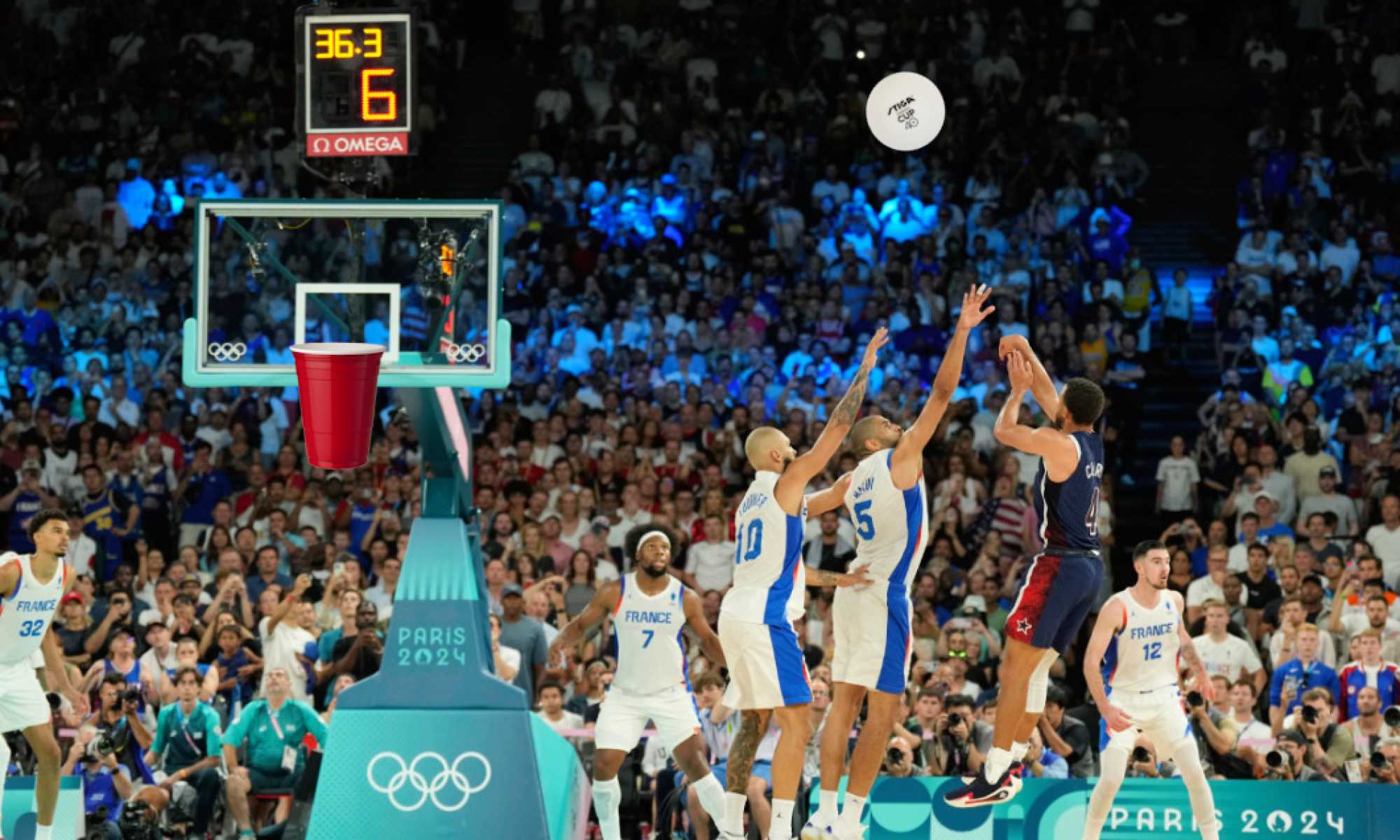This week’s main focus was the design review report. This was honestly more work than we anticipated, and we all had hoped to get more time to work on the separate components of our project, but we did a good job getting the report done while also continuing to get the ball rolling with our individual components. Writing out the report was also a great way for us to reflect on what we’ve done and flesh out all the details. It’s important to know exactly what we’ve done, what our goals, requirements, and responsibilities are, and what steps we need to take to get there. Working through the design doc was a great way to iron out all those important details, and we are all ready to resume work after fall break.
For Gordon’s KRIA updates, was able to successfully flash Ubuntu onto a MicroSD card, connect the KRIA system onto a monitor, and initialize the Ubuntu home page. Pictures are included in my own status report. There have not been many changes to the design, and after fall break I will be ready to try to run an example project that Varun has on his github guide, to get a good idea of how things run. Slightly behind schedule, but given everything going on both in this class and outside, it’s understandable and more importantly recoverable. More details listed in my personal post.
For the camera component, a design trade off was done between hough circles and YOLOv8 as outlined in the designed report, settling for the YOLOv8 model. Some preliminary implementations are also in the works for the Kalman Filter. A risk is regarding Kalman Filter – there is a possibility that the provided openCV modules may not be accurate / robust enough, and a in-house implementation is required. A contingency plan for this is to first get the OpenCV prototype working as soon as possible to understand the limitations of this approach.
On Josiah’s end, besides the design review report, construction of the robot is to begin following the end of fall break. Ordered materials will have arrived, and 3D printing of the housing will commence. The custom cup holder will be designed through a CAD software and printed as well.
Our production solution will meet these specific needs…
Part A (Gordon): Our product focuses on the very specific use case of training in the game of cup pong. Yet even though it is a super specific use case, it can be applied globally because of the international popularity of the game of cup pong. This is a party game that is not limited to just college students, as people of all ages all over the world will play cup pong at social gatherings. Our product helps the user without discrimination, as no matter who uses it, Splash will do the same thing: catch the thrown ping pong ball. Therefore, our product will satisfy the cup pong training needs of cup pong players globally.
Part B (Jimmy): Our product has a very relevant cultural aspect in aiding players who want to improve their skill at cup pong. Since this is a popular game among college students and other young adults typically in a social setting, it has large cultural relevance among this demographic. By allowing players to get better at the game, it will aid people to feel more confident about their skill level when they are competing against others, allowing them to potentially engage in more social activities. It should also be universally known and appreciated by other older demographic groups, and our engineering approach to streamline practicing the game will be appreciated by everyone who knows this game.
Part C (Josiah): Due to the nature of the product we are developing and the purpose we designed it for, it’s difficult to claim that Splash meets many needs in the space of environmental considerations. As an aid to training a very particular skill used in games, our scope is hyperconcentrated and has little overlap with environmental concerns. At the least, our product is non-disposable and reusable, and does not contribute to electronic waste unlike other frequently trashed items such as charging bricks, cables, old appliances, among others.

